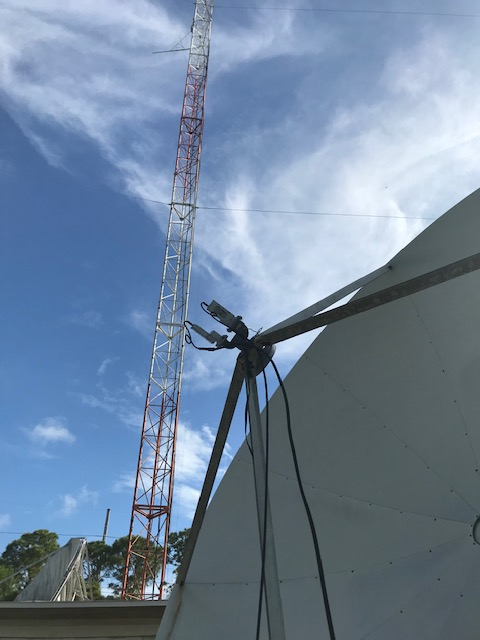C-Band Spectrum and 5G Network Evolution
The transition of C-band spectrum from satellite services to 5G networks represents one of the most significant developments in modern telecommunications. This mid-band spectrum provides the perfect balance between coverage area and data capacity, enabling wireless carriers to deliver gigabit speeds across urban and suburban areas.
C-band 5G deployment offers several advantages over other frequency bands. Unlike millimeter wave frequencies that require dense infrastructure, C-band signals can travel longer distances while still providing substantial bandwidth improvements over traditional 4G networks. This makes C-band particularly valuable for covering large geographic areas efficiently.
The Federal Communications Commission (FCC) has allocated significant portions of C-band spectrum for 5G use, creating new opportunities for enhanced mobile services, autonomous vehicle communications, and industrial IoT applications. This spectrum reallocation represents billions of dollars in infrastructure investment and technological advancement.



_1742543391_WNo_1600d900.webp)
